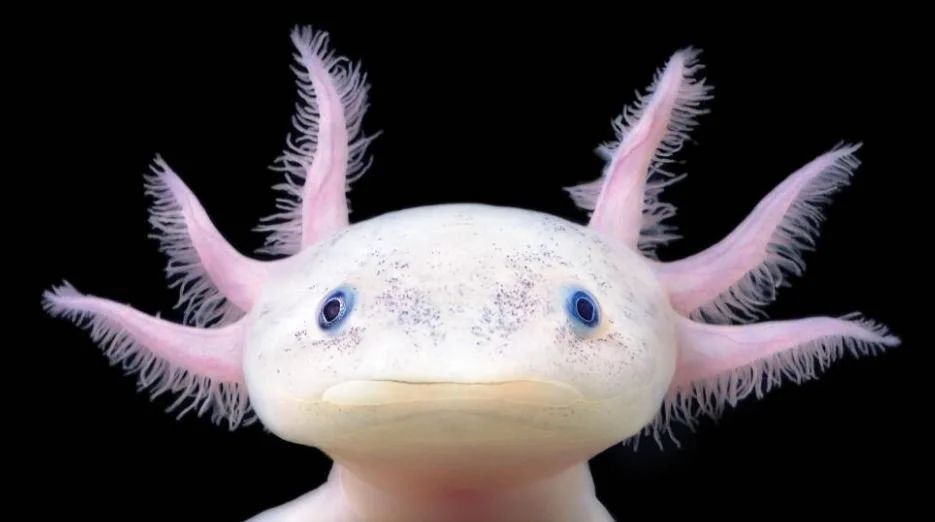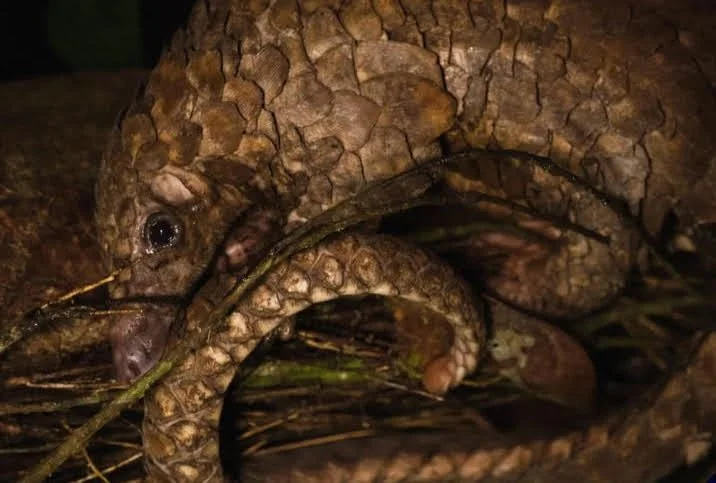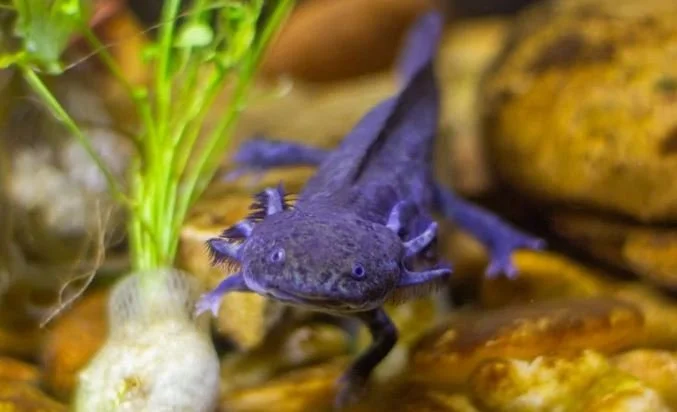The Axolotl Gets New Life With Captive Breeding
When we last checked in on the axolotl, the bizarre little amphibian was beset on all sides by threats to its existence. Climate change, pollution, a shrinking habitat, and especially the exotic pet trade have all conspired to bring the creature to the brink of extinction.
Now a group of researchers in Mexico have begun breeding the axolotl (pronounced ACK-suh-LAH-tuhl) in captivity and reintroducing them into Lake Xochimilco – the last remaining habitat for the species – where its population is barely hanging on, measured in dozens.
Results are promising. The scientists released 10 captive-bred axolotls into a restored canal that leads into the lake, and eight more in an artificial pond. Then they monitored all 18 with tagging devices for weeks, tracking the salamanders with radio receivers.
All the captive-raised axolotls survived and actually gained weight, proof they were hunting and eating successfully in the wild. With proof-of-concept established, the conservationists want to restore more canals within the lake to facilitate more releases of captive-bred axolotls. To fund the project they are inviting donations here.
The illegal trade for this cute amphibian soared after the axolotl appeared in the popular video game Minecraft, and the resultant poaching was nearly a deathblow to the species. Fortunately an axolotl does not make an appearance in A Minecraft Movie, which was released in April. (There is some axolotl-themed merch for sale however.)
The new research is published in PLOS One.
Photo credit: Tim Flach / World Wildlife Fund







